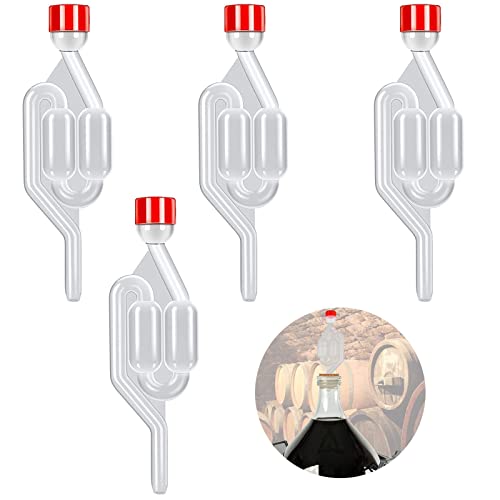Argentum
Regular.
My tests arrived today
KH = 60ppm
Ca = 35ppm
From what I’ve read in this thread, it’s a good water to work with?
so I basically need to drop the Alkalinity of my sparge water, and depending on the style decrease/increase the ph for the mash.
I need to increase the calcium somewhat
my next planned brew is a punk ipa clone
I need to lower the mash water by 40ppm alkalinity for a target of 20ppm mash which I worked out to be 0.07ml per litre using lactic acid.
my mash water is 13.5l = 0.945ml
I need to lower the sparge water by 30ppm for a target of 30ppm which is about 0.06ml per litre.
sparge water 15.5L = 0.93ml
I plan to add calcium sulphate to increase the calcium at a rate of 0.4g per litre 92ppm to bring it up to 127ppm.
works out 5.4g to the mash and 6.2g to the sparge water.
Does this sound about right?
I’m super excited to brew this now!
I would lower the sparge water to where only 10 ppm of alkalinity remain for it. That should place it at about 5.4 pH.
































![BREWING THERMOMETER STICKERS ACCURATELY MONITOR FERMENTING BEER & WINE LIQUID TEMPERATURES 5PCS HOME BREW SPIRITS WINE LCD ADHESIVE [US]](https://m.media-amazon.com/images/I/311DDjo2X3L._SL500_.jpg)









